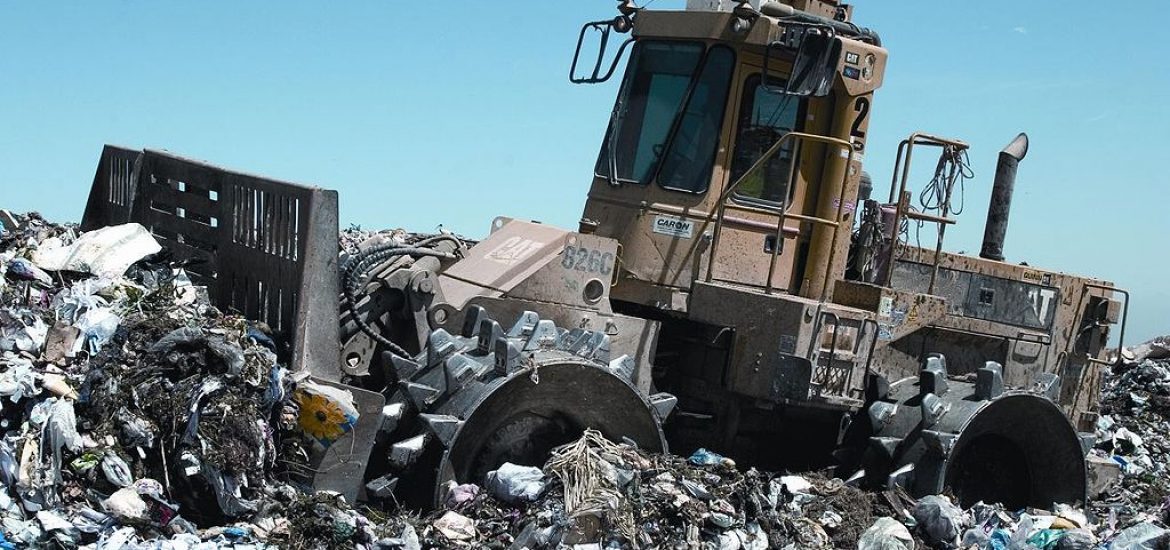
Methane emissions from Germany’s landfill sites will be gradually reduced by an estimated 1 million tonnes of carbon dioxide equivalents by 2027, operators have agreed with the federal environment ministry.
In 2016, emissions of carbon dioxide equivalents in the whole waste management sector were estimated at 10.5 million tonnes.
Berlin has set a target of lowering the figure to 5 million tonnes by 2030. The new goal for methane emissions from landfill could reduce the wider sector’s emissions.
The federal government hopes to lower emissions in the waste management sector by 87 per cent from 1990 levels.
Germany consistently ranks in the world’s top 10 emissions producers.
By 2030 the country is aiming to bring down emissions by 55 per cent compared to 1990 levels. Emissions from German waste have already reduced emissions significantly with a total reduction of 73.5 per cent in 2017, compared to 1990 levels.
Trump’s methane
Donald Trump’s administration has announced a rollback in regulations on methane, removing requirements for oil and gas companies to capture leaks of methane during extraction, transport and storage of the gas.
The White House might also try to relax methane’s current designation as a pollutant, allowing the fossil-fuel sector to release more of the damaging gas.
In late August, Trump announced that the US Environmental Protection Agency (EPA) would roll back another round of Obama-era emission regulations. Oil and gas companies have been required to monitor and fix methane leaks from infrastructure equipment such as pipelines, storage sites and wells.
Trump has pledged to reduce overbearing government regulations that hinder business growth and profitability.
The EPA estimated that the proposition would save the oil industry an estimated US$100 million by 2025 in compliance costs, or just US$17 million per year. The figure is dwarfed by the industry’s vast profits.
Clear and odourless methane is flammable and is a powerful greenhouse gas. In a 100-year time span, methane traps about 28 times more heat than carbon dioxide. But the gas is short-lived, lasting about nine years before turning into carbon dioxide, water and ozone, which can cause respiratory illness in humans and harm crops.
Global methane emissions come from both nature and a variety of human activities. Tropical wetlands are a major source of the natural methane emissions but humans contribute about 60 per cent of total methane. Levels of methane have risen by an estimated 250 per cent since the 19th century.
About 56 per cent of human-caused methane comes from livestock, rice farming and food waste decomposing in anaerobic conditions like landfill sites which creates methane.
Around 35 per cent of human-caused methane comes from the fossil fuel industry, either escaping from natural gas supply lines, from coal mines or from oil wells.
Landfill sites produce large quantities of methane. Picture credit: Wikimedia





